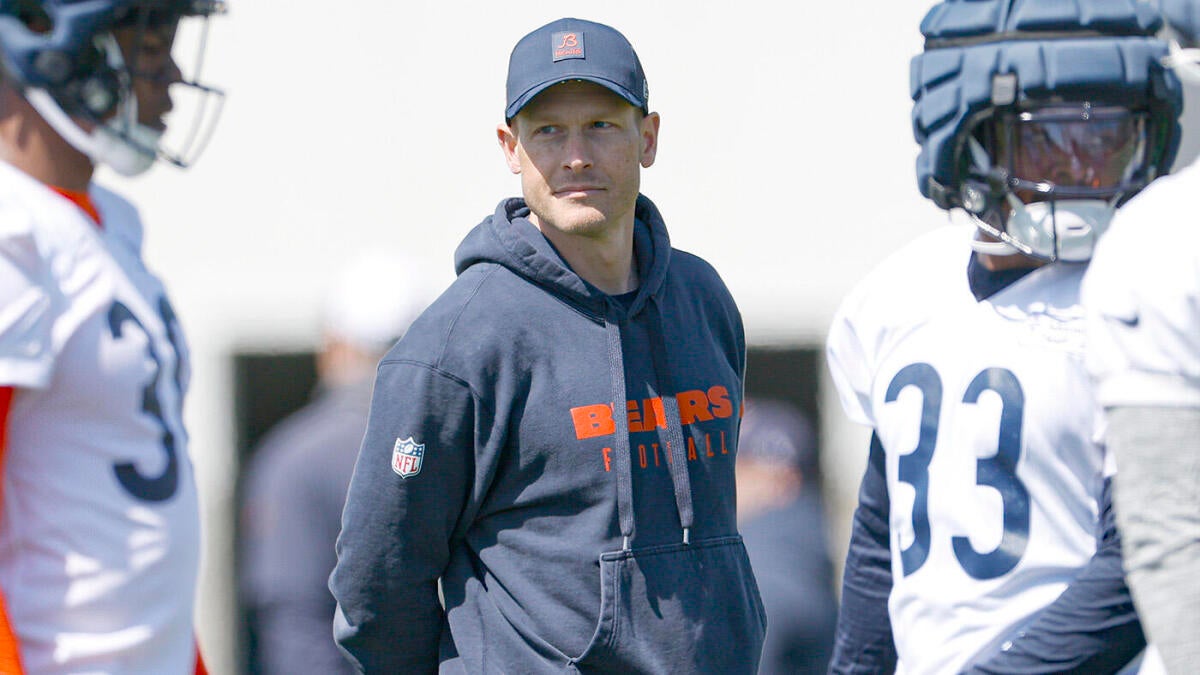Transforming the NFL Landscape: How AI Shapes the 2025 Offseason and Beyond
Artificial intelligence (AI) is rapidly becoming an influential force behind the scenes of the NFL’s 2025 offseason, driving decision-making processes that shape team strategies, player acquisitions, and coaching tactics. While the original analysis focused on team moves and their impacts, integrating AI’s role offers a deeper perspective on how franchises innovate to gain a competitive edge. This report explores AI’s multifaceted influence in navigating the offseason complexities and crafting the future of football.
—
AI-Enhanced Scouting and Player Evaluation: Precision Replacing Guesswork
One of the most profound changes AI introduces is in player scouting and evaluation. Teams like the Washington Commanders and Chicago Bears, known for their aggressive and strategic acquisitions, increasingly rely on AI-powered analytics to assess player performance metrics beyond traditional statistics. By analyzing game film through computer vision and applying machine learning models, franchises detect subtle patterns that predict player consistency, injury risks, and compatibility with existing rosters.
For example, when the Commanders pursued Deebo Samuel and Laremy Tunsil, AI frameworks likely underscored their unique skill sets and fit within the team’s offensive schematics. Similarly, Chicago’s focus on strengthening their offensive line and supporting rising stars like Caleb Williams includes AI-generated insights that highlight both immediate impact and long-term potential. This data-driven approach helps reduce uncertainty in what was once a gamble, enhancing the precision of offseason moves.
—
Coaching Decisions and Playbook Development: AI as the Strategic Architect
Coaching upgrades documented during the offseason often come paired with AI integration. The San Francisco 49ers and Chicago Bears exemplify this trend by adopting AI tools that simulate opposition tactics and optimize playcalling. Coaches can model in-game scenarios based on historical and real-time data, allowing for agile adjustments during games.
AI-assisted video analysis accelerates player development by providing personalized feedback, detecting mechanical issues, and suggesting training modifications. This skill development method benefits teams adding “big weapons” on offense, such as the Rams and Commanders, by quickly integrating new talent into complex systems and maximizing their effectiveness. AI essentially acts as a strategic architect, turning raw talent into cohesive team execution.
—
Injury Prevention and Player Health Management: Extending Durability through AI
Injuries remain a pivotal challenge for NFL teams, influencing offseason priorities and rosters. The Detroit Lions’ quest to “add juice” to their defense can be complemented by AI-driven health analytics. Wearable technology and biometric sensors generate data that AI models analyze to predict injury risks and recovery timelines, enabling tailored training regimens and optimal workload management.
Teams managing aging veterans, like the Falcons, employ similar AI systems to determine whether contract extensions or trades make sense based on players’ physical health trajectories. This scientific approach to health and durability minimizes costly absences and maintains competitive consistency throughout grueling seasons.
—
Strategic Trade, Extension, and Signing Decisions: Dynamic Market Analysis
AI also revolutionizes how teams evaluate trades, contract extensions, and free-agent signings. For instance, the Rams’ potential effort to reacquire Jalen Ramsey involves complex assessments of salary cap implications, player market value, and roster fit—all dynamically analyzed with AI-driven simulations. These tools provide executives with forecasts of both short-term impacts and long-term financial flexibility.
Extending contracts like that of Geno Smith by the Seahawks is similarly informed by sophisticated models weighting performance trends, team needs, and alternative options. The Bears’ continuous move to supplement Caleb Williams underscores a process where AI synthesizes scouting, salary data, and timetable urgency to identify optimal targets. Offseason decisions thus become less reactive and more strategic, making the most of limited resources.
—
AI in Power Rankings and Predictive Analysis: Navigating Uncertainty
Power rankings and seasonal predictions gain newfound credibility through AI’s predictive algorithms. Analysts’ consensus that the Eagles, Bills, Ravens, and climbing Bears are poised for success mirrors AI models that aggregate player data, roster changes, coaching upgrades, and historical trends. These models also highlight the challenges faced by struggling teams like the Cowboys and 49ers, reflecting roster vulnerabilities and the need for timely interventions.
This predictive power helps fans, media, and franchises alike set expectations and adjust strategies well before the season unfolds. AI-driven simulations present various scenarios, revealing potential playoff contenders and identifying teams vulnerable to underperformance. The 2025 season, marked by dynamic off-season moves, thus benefits from AI’s capacity to forecast and inform.
—
Conclusion: AI as the Catalyst Shaping the Future NFL Landscape
The 2025 NFL offseason illustrates more than just bold trades and coaching changes—it unveils a league increasingly intertwined with artificial intelligence. From scouting precision and injury management to strategic roster decisions and predictive modeling, AI elevates every facet of NFL operations. This technological partnership empowers teams like the Commanders and Bears to seize momentum confidently, while challenging squads navigate complexities with enhanced clarity.
As training camps open and the season approaches, AI’s influence will become more visible on the field, blending human intuition with data-driven insights. The stakes remain high, but the integration of AI ensures that the NFL is not just reacting to change—it is proactively crafting a more innovative and competitive future. The offseason’s transformative moves, propelled by AI, herald an exciting new era in professional football.

